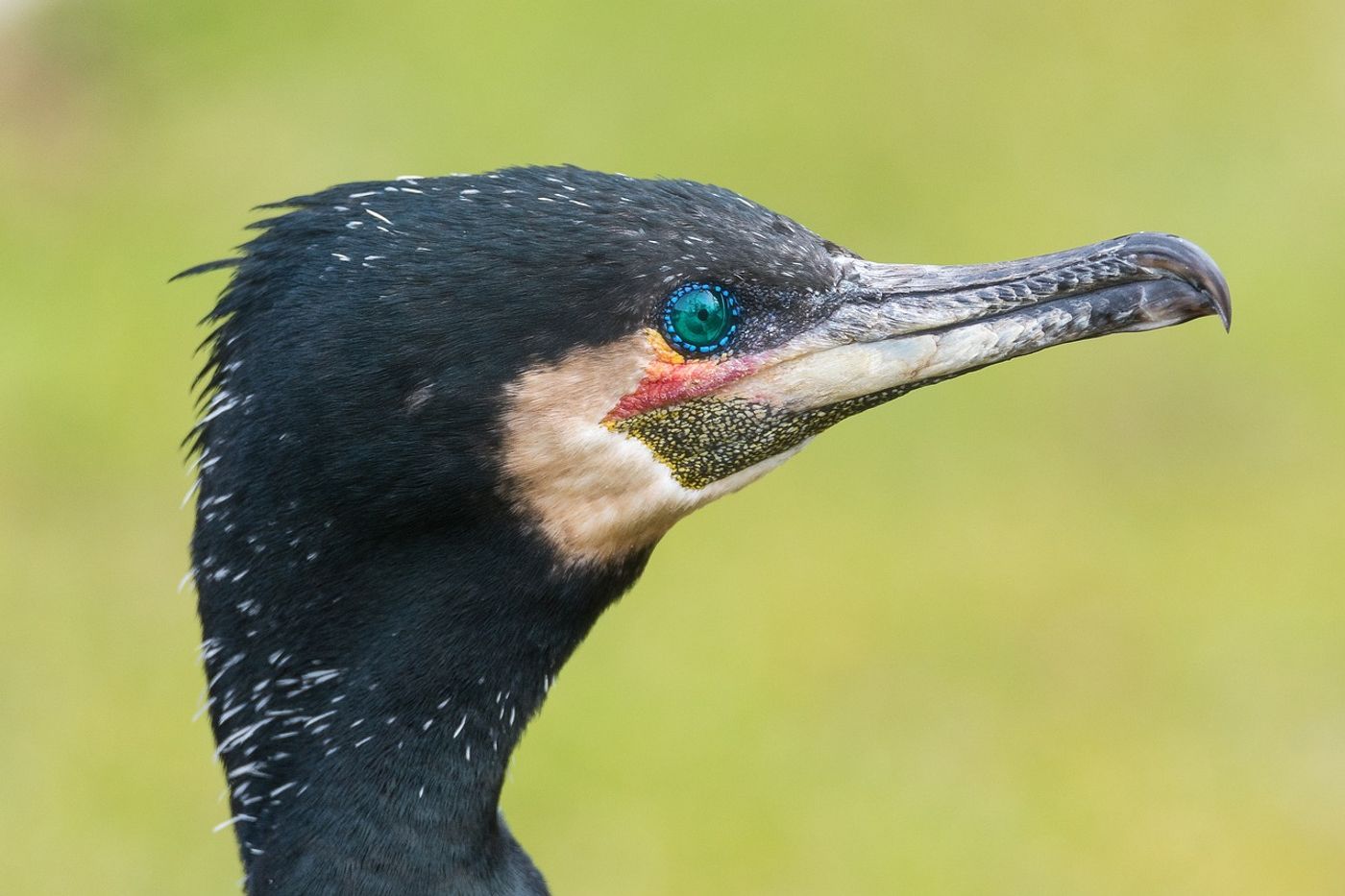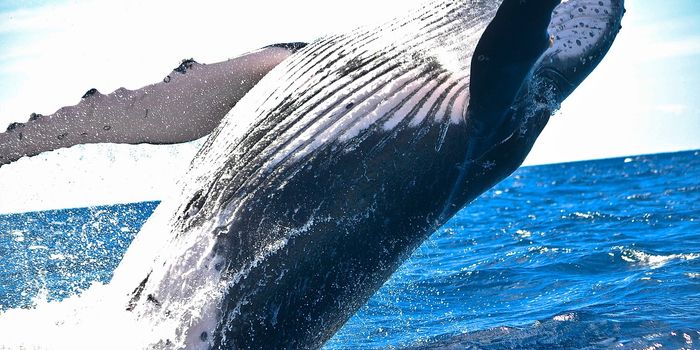Why Did the Galapagos Cormorant Lose its Ability to Fly?
It’s generally atypical for birds of flight to lose their ability to soar through the air, so we have very little evidence of this phenomenon actually occurring. With that in mind, even some of the best scientists aren’t really sure what causes it to happen.
There are several species of Cormorant around the world, but only the kind native to the Galapagos (Phalacrocorax harrisi) seem to have lost their ability to fly to unknown reasons. Given the circumstances, they seem to be a great test subject for learning more.
Image Credit: winterseitler/Pixabay
A new study has been published in the journal Science and aimed to figure out why these creatures are unable to take flight today despite what appears to be a past filled with flight.
Related: Study finds that some birds are able to sleep while flying
To get a scientific explanation, the researchers took to the Galapagos themselves and took several blood-based genetic samples from the creatures to compare with other Cormorant species found around the world.
What they found was evidence for genetic mutations in the Galapagos breed that are known to cause skeletal problems in humans. These are known as ciliopathies and are known to cause problems with not only limbs, but also ribcages, and even skulls.
The possibility that this genetic mutation could be linked to the Galapagos Cormorant’s significantly-smaller wings seems like too much of a coincidence to be taken at face value. This could be the missing link researchers were looking for, but it’s still nevertheless a hypothesis.
Related: Flocks of birds use 'beautiful physics' to save energy
In addition to the smaller wings, Galapagos Cormorants also have significantly smaller sternum muscles, which means they don’t have as powerful of a wingbeat as alternatives species do. These two handicaps, paired together, seems to have deprived these birds of their flight capabilities.
Even though it seems like a pretty good match, some experts believe the researchers could have dug deeper into the animal’s genetics to learn more about the specifics. Nevertheless, even the researchers involved in the study admit that they could have done better, citing that future advances in technology may help answer the ongoing question.
“The ideal experiment would make a Galapagos cormorant fly or another cormorant not fly,” study co-author Leonid Kruglyak says. “As technologies improve, we can imagine testing these gene mutations in birds and watching the wings develop.”
Perhaps the most logical explanation to date for the Galapagos Cormorant losing its ability to fly has to do with its isolation in the middle of nowhere. Here, the creature doesn’t have to have to take flight to avoid predators, and this means they’re not using their flight muscles as much as other species would.
It should be interesting to see if any other researchers can challenge the new theory and find any new details as the technology for investigating this sort of thing becomes more advanced.
Source: ScienceMag









